Horticultural Trip to China, Part 2
The Chinese side of the mighty Himalayas, especially in Yunnan province, is considered a global hot spot for the world’s flora.
Yunnan comprises 152,124 square miles compared to Colorado’s 104,185 square miles. The flora of Yunnan is reputed to have more than 18,000 species of plants, while Colorado has just more than 3,000 species. Much of this dramatic contrast is due to Yunnan’s position straddling the Tropic of Cancer—along its border with Thailand and Burma, Yunnan has a tropical rainforest. And the many high peaks in the very north of Yunnan are clad with glaciers and have true alpine tundra. A tremendous range of ecosystems are found between these extremes, and the fantastic topography leads to a great many microclimates that form an archipelago of sky islands which have fostered endemism much like the Galapagos and its finches.
Certain genera seem to have gone off the deep end. There are literally hundreds of species of Rhododendron found in Yunnan, and more than 100 kinds of Primula (compared to Colorado’s modest four kinds!).
For those of us who love mountain flowers, Yunnan is idyllic. The Chinese have even appropriated the name “Shangri-la” (from a mythical town in the Western Himalayas in an old best seller) and applied it to Zhongdian—the mountain town at the heart of the Three Parallel Rivers National Park, where the Salween, the Yangtze and the Mekong flow through parallel channels separated by enormous alpine ridges of the Hengduan Mountains.
Here, numerous roads fan out, with many passes exceeding 15,000 feet in elevation. We were surprised that hiking at that elevation didn’t seem to cause the shortness of breath one experiences in the Colorado Rockies. One hike took us to nearly 16,000 feet! Since tree line can extend above 14,000 feet you have to get well above this to find the flowery alpine meadows. I was shocked to find quite large rhododendrons growing at elevations higher than any mountains in Colorado.
There were many genera I had never seen before here, especially Saussurea—the “snow lotus” that are harvested by the ton in the high Yunnanese Mountains. These incredible composites look more like corals or perhaps extraterrestrials than any daisy you might imagine. We found several species on steep screes, just coming into their wild and wooly full bloom.
Primulas came in every color imaginable, from the deep pinks and yellows one expects to dark purples and luminous lavender Primula zambalensis.
Another genus that quickly became a favorite was Rheum, which includes the rhubarb of our gardens. There was a half dozen or more kinds in the mountains here, two with the flowers hidden by enormous colorful bracts. Rheum nobile only grew on steep slopes, on loose scree where it produces its spectacular flower stalk and then dies. Superficially similar, Rheum alexandrae forms wide mats in wet areas near alpine lakes and streams, with similar spikes of flowers.
The genus Corydalis is pretty special in Colorado, where our Corydalis caseana ssp. brandegei is likely the largest species in this enormous genus. In China, the corydalis may be much smaller, but unbelievably variable in leaf and flower color. Many grew on steep screes, often with piercing azure flowers or deep maroon foliage. There were many in bright yellow as well. “Corydalis” was almost a battle cry on the mountain when someone found a new one and called everyone else to come see it.
We were blessed with more than two weeks of sunny, clear weather, which is not typical in the monsoon season. One rainy day at lower altitudes brought out leeches, which latched on to a few of us who hadn’t used DEET—a rather bloody and unpleasant experience! I can guarantee you we shall use DEET on future trips in leech country!
Sorting through thousands of digital images taken during the trip is a mixed experience. It’s wonderful to revisit China on the one hand, but seeking out names in numerous books and on the web is a bit of a chore!
And no matter how many pictures one takes, in retrospect I wish I’d taken even more.
Gallery
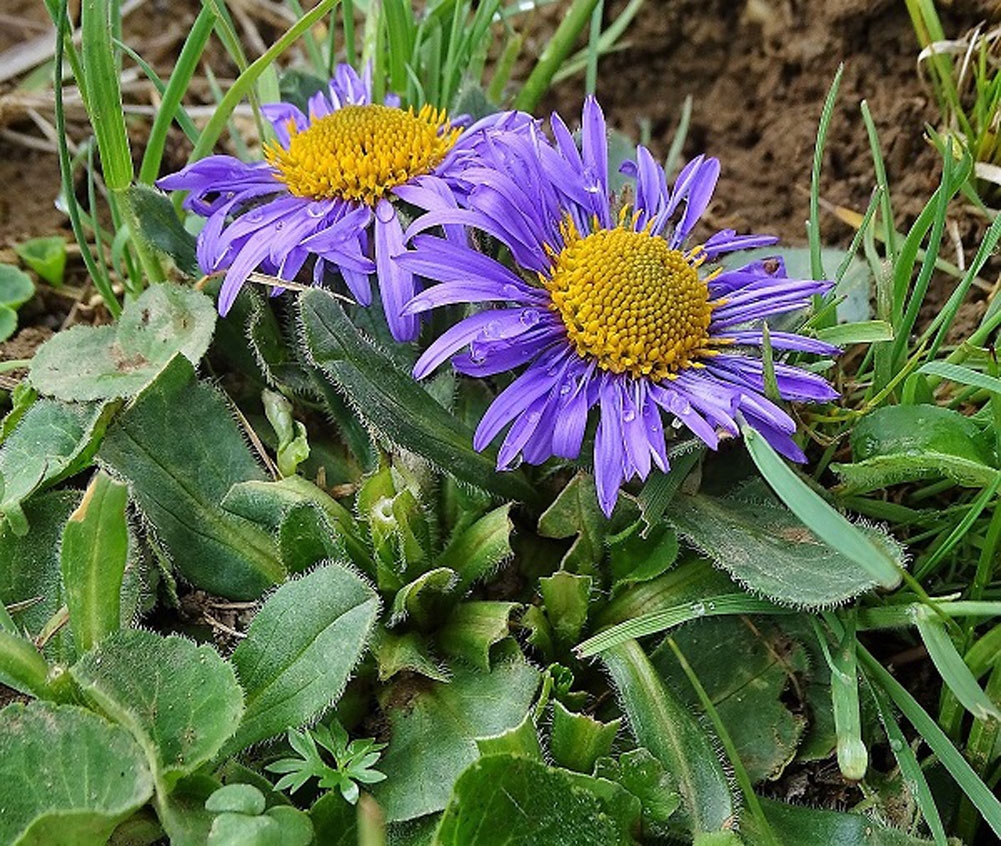
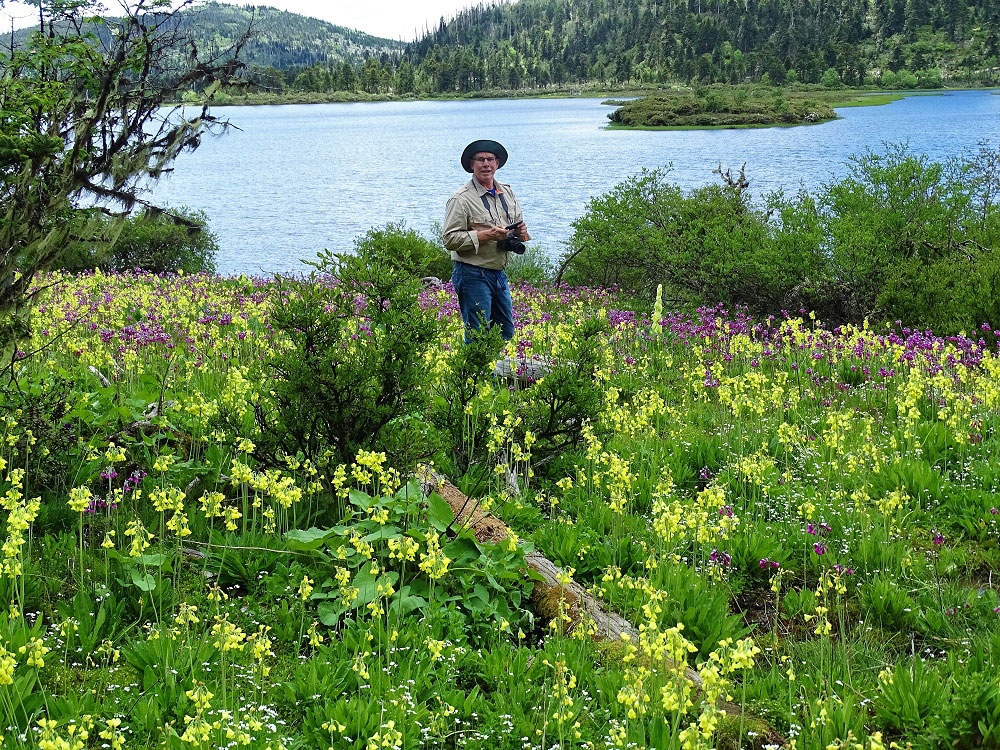
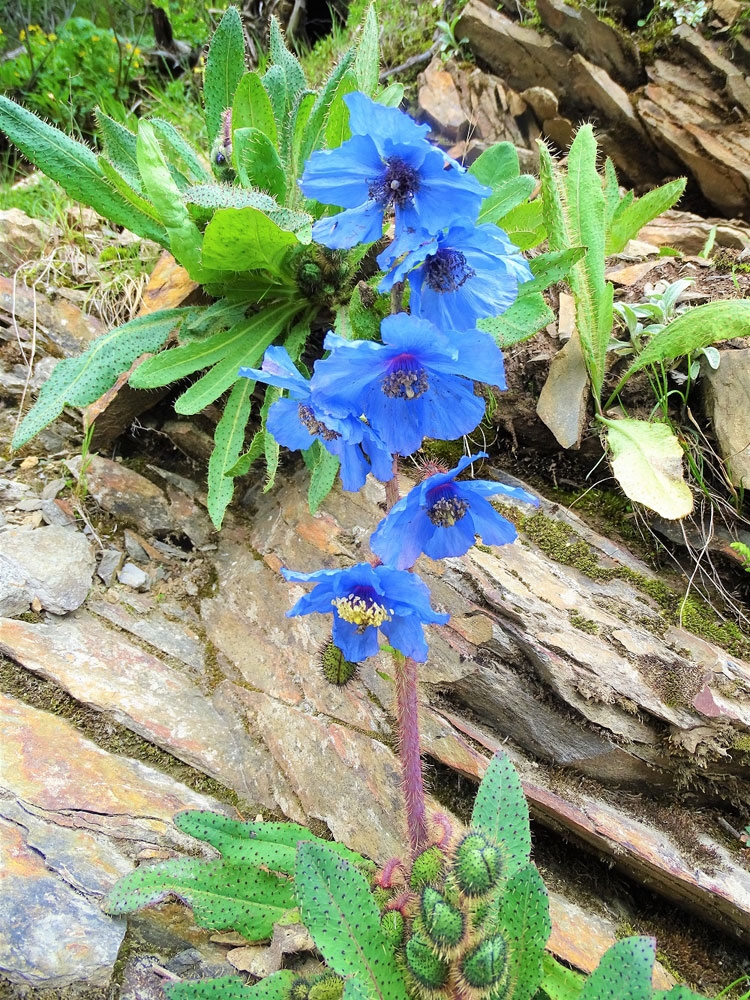
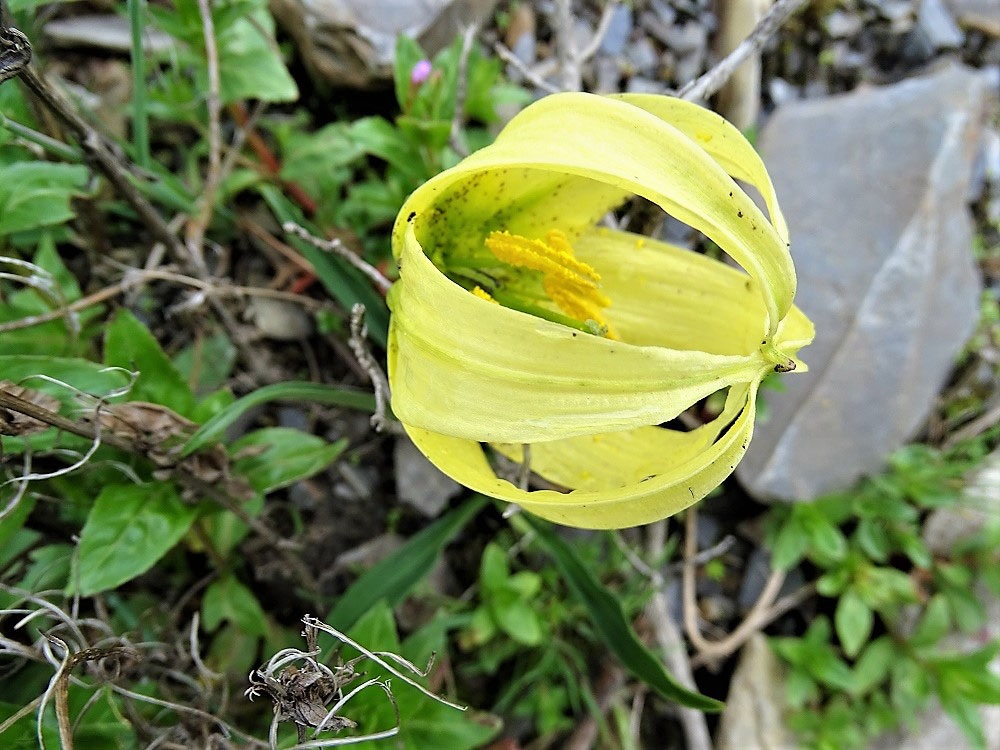
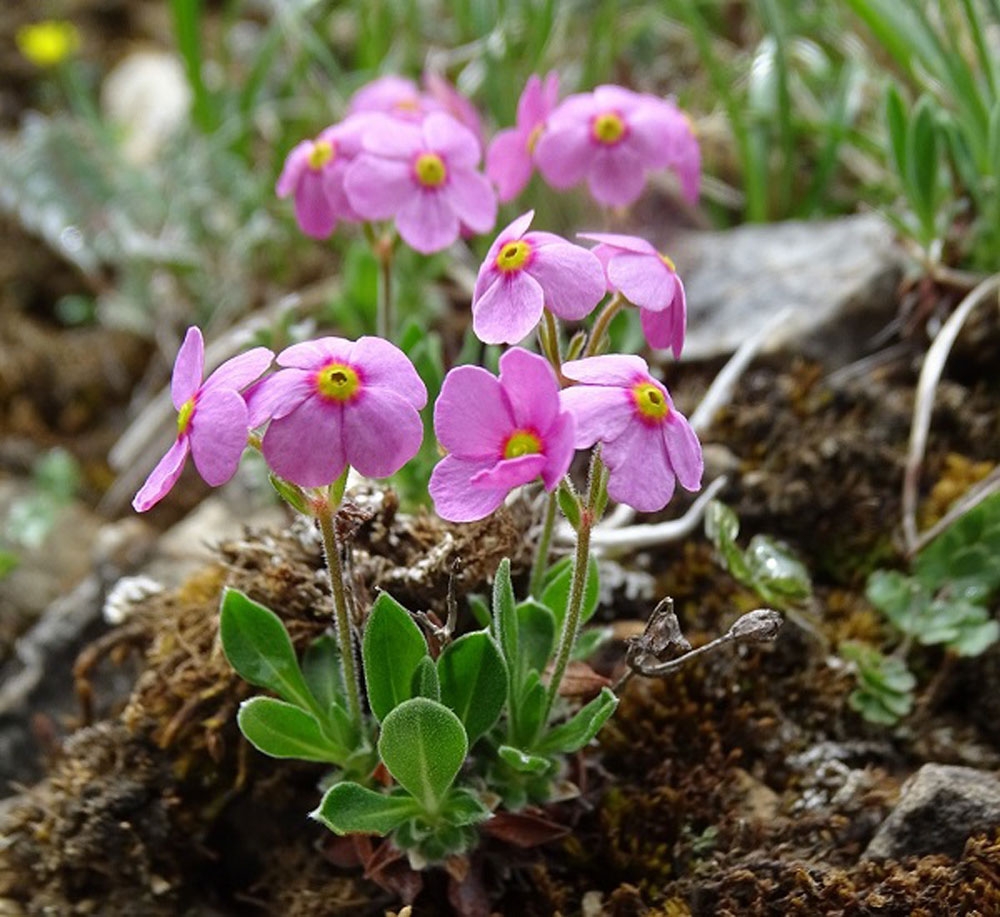
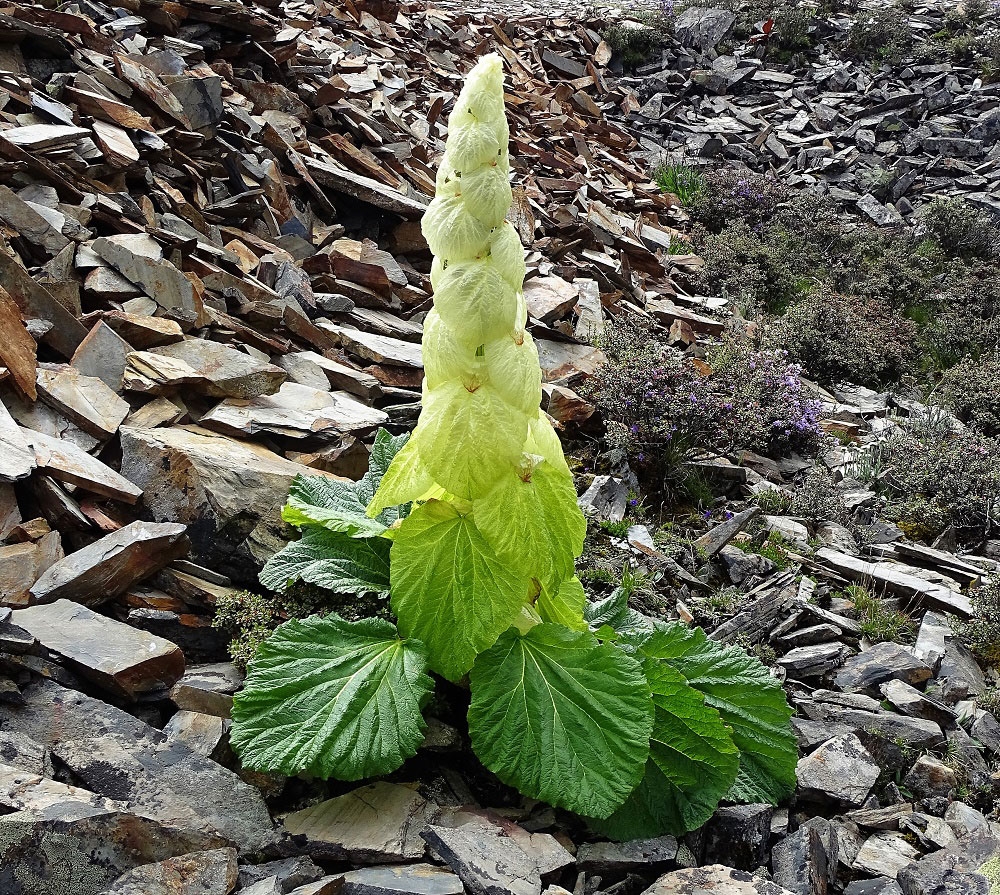
 English
English Български
Български 简体中文
简体中文 繁體中文
繁體中文 Français
Français Deutsch
Deutsch Italiano
Italiano 日本語
日本語 한국어
한국어 Polski
Polski Português
Português Română
Română Русский
Русский Español
Español Tiếng Việt
Tiếng Việt Монгол
Монгол Afsoomaali
Afsoomaali
Comments
Thank you for an EXCELLENT Trip!!
The pen is mightier than the sword...and probably my trowel!!! Thank you for another exciting trip to Yunnan!!!
Yunnan
Thanks for this wonderful blog, please include me on more. The Yunnan trips was a trip of a lifetime. Your leadership and vast knowledge was invaluable. You managed to gather up an impressive number of very fine individuals who also shared of their vast experiences and knowhow. Your have infected me with a renewed passion for wildflowers and new plants in general. Al
Add new comment